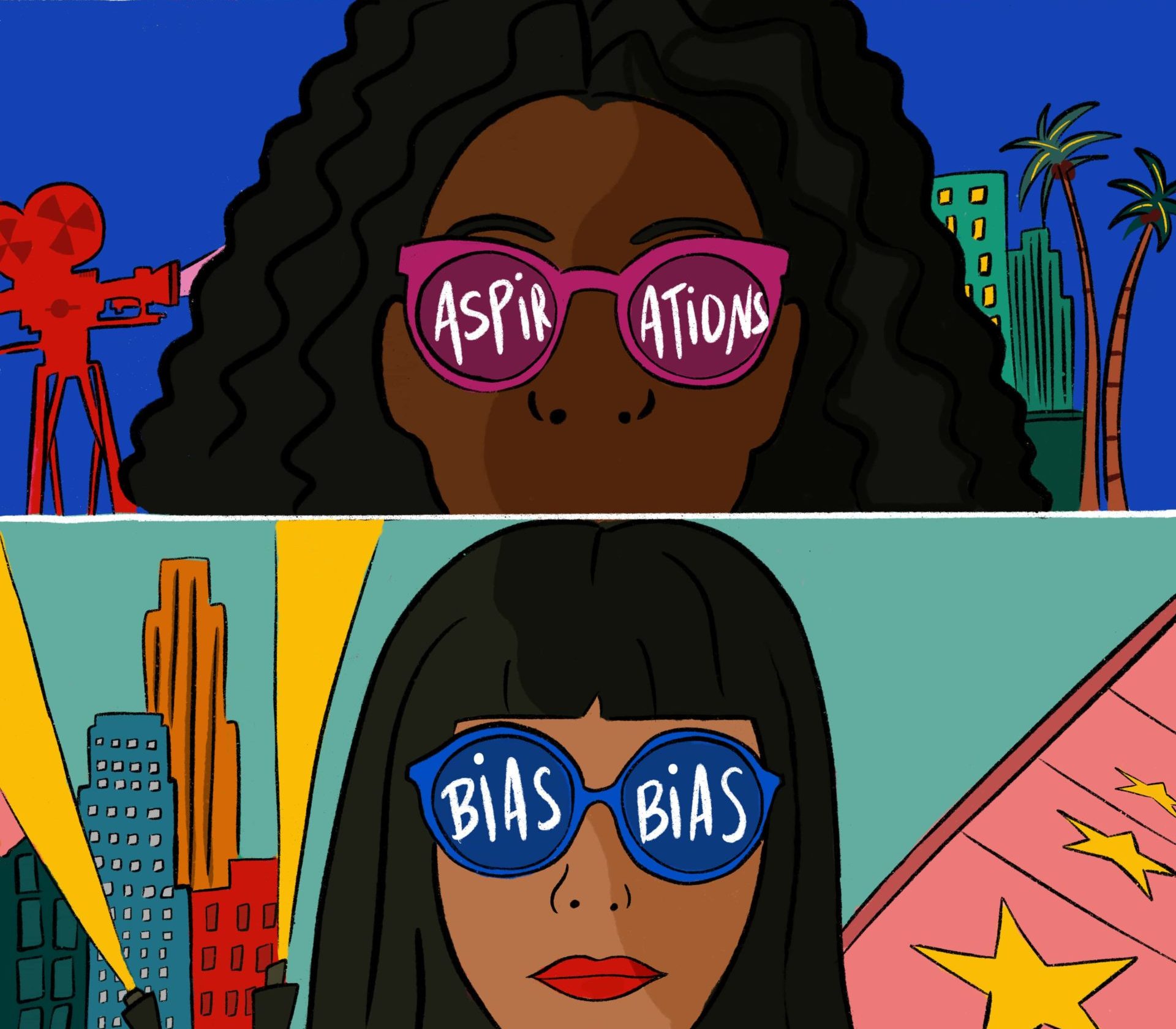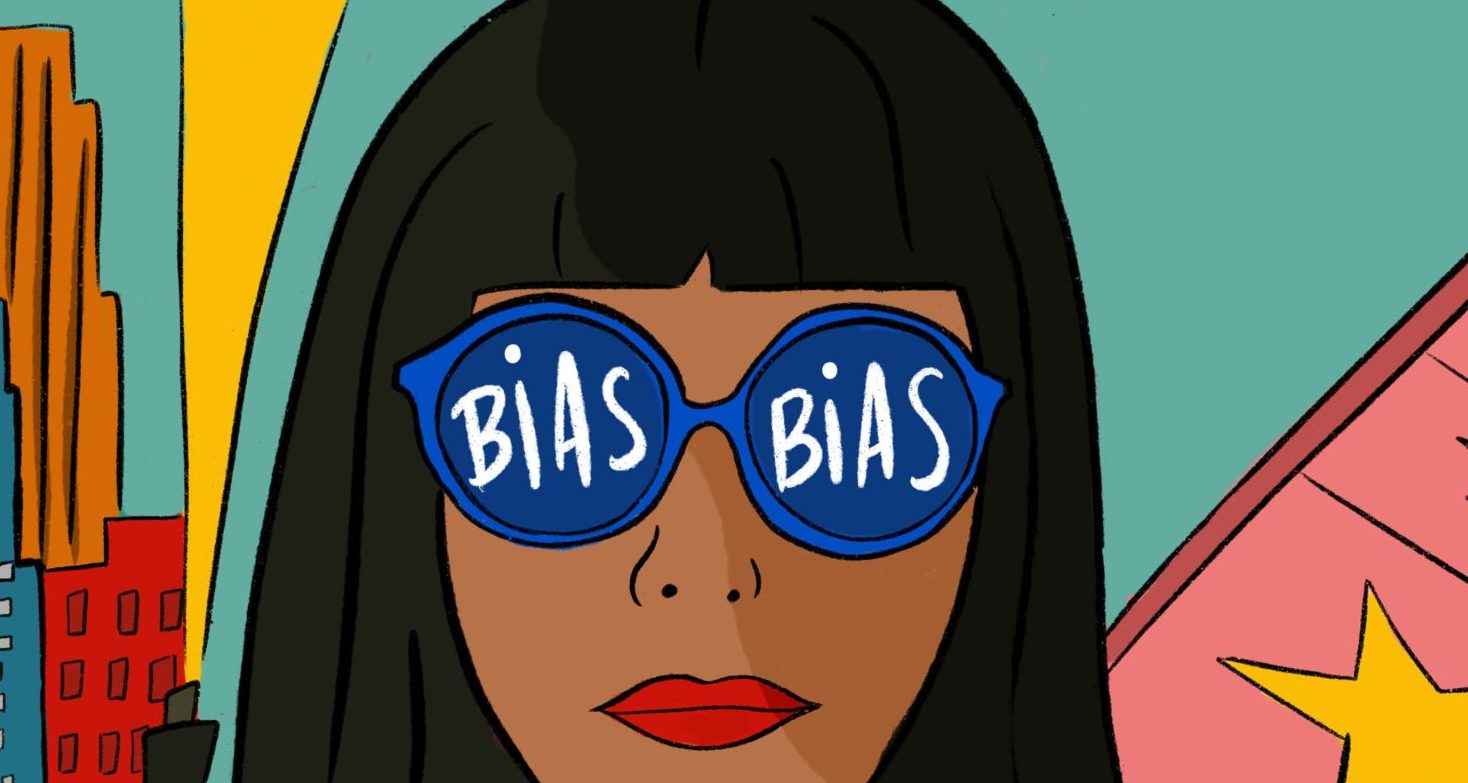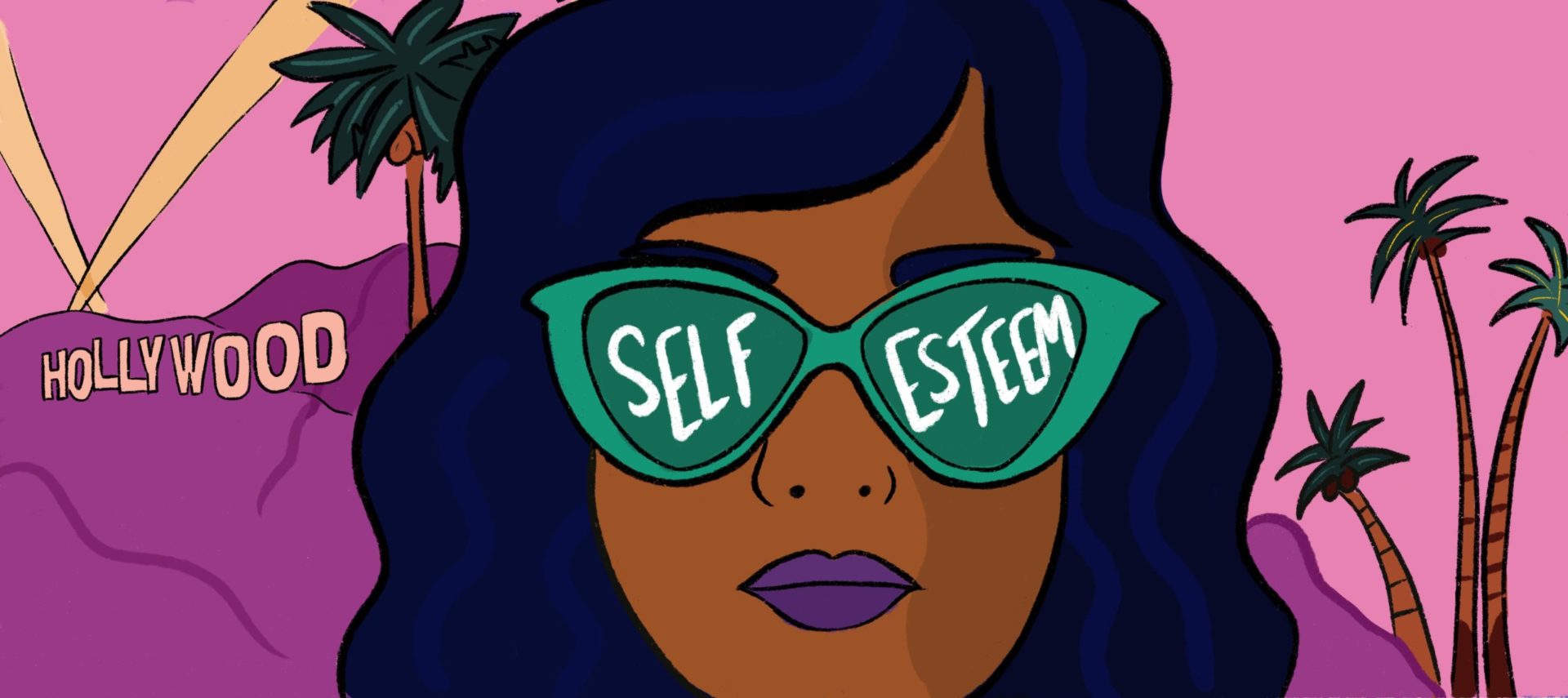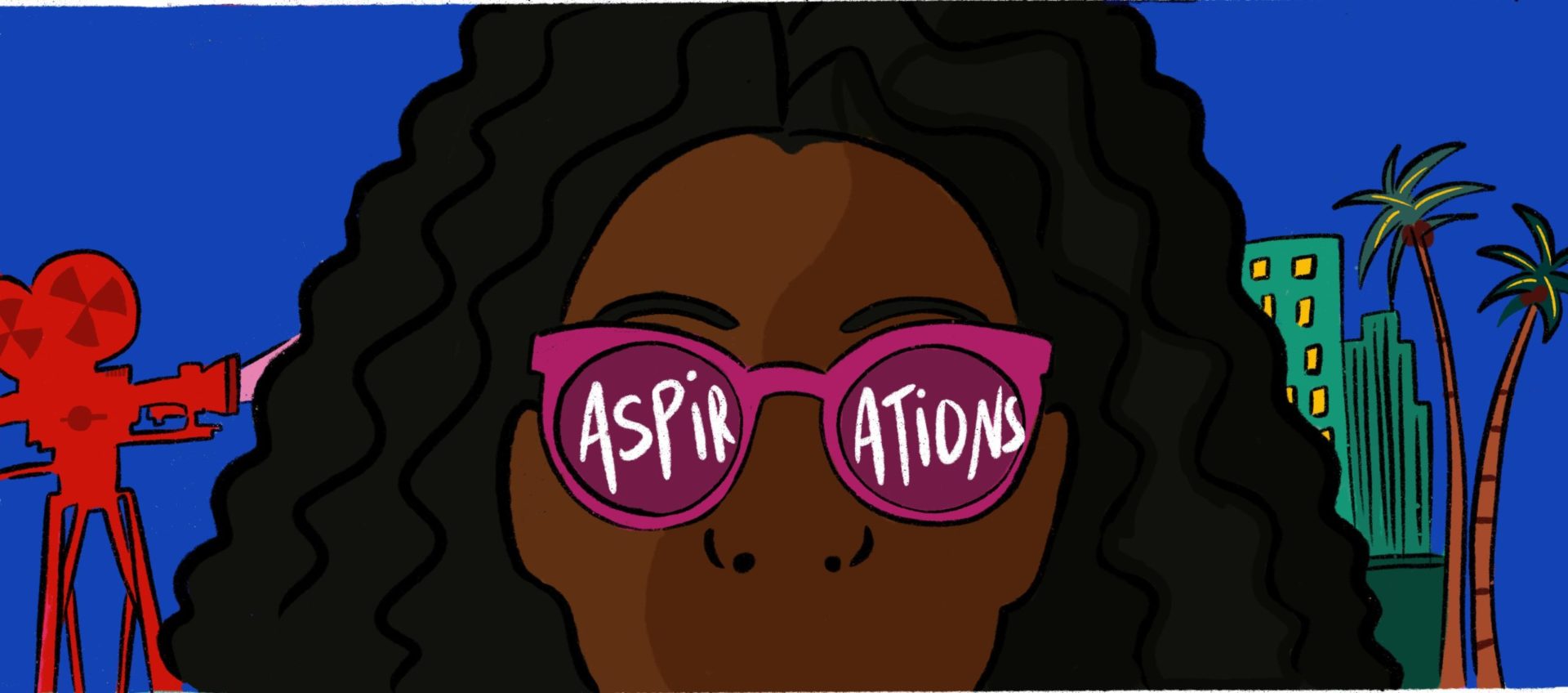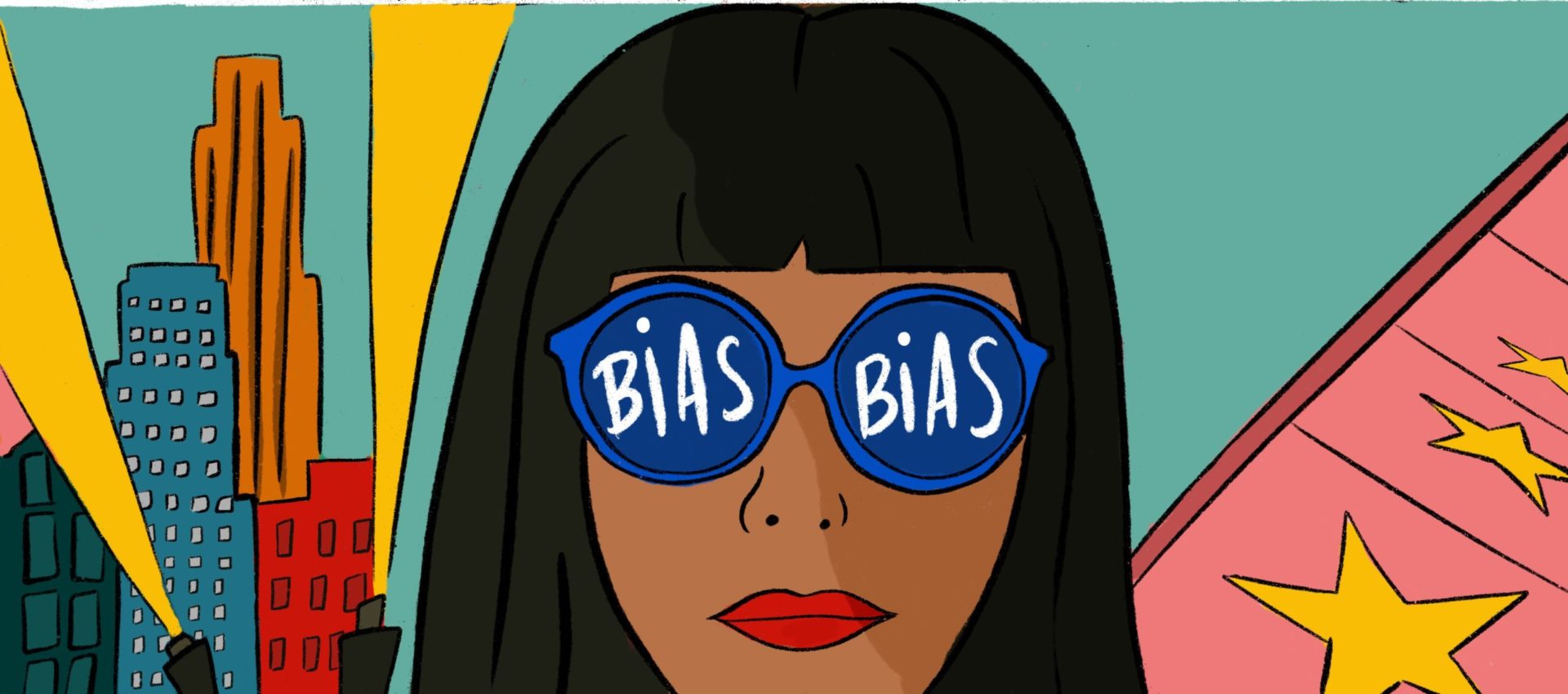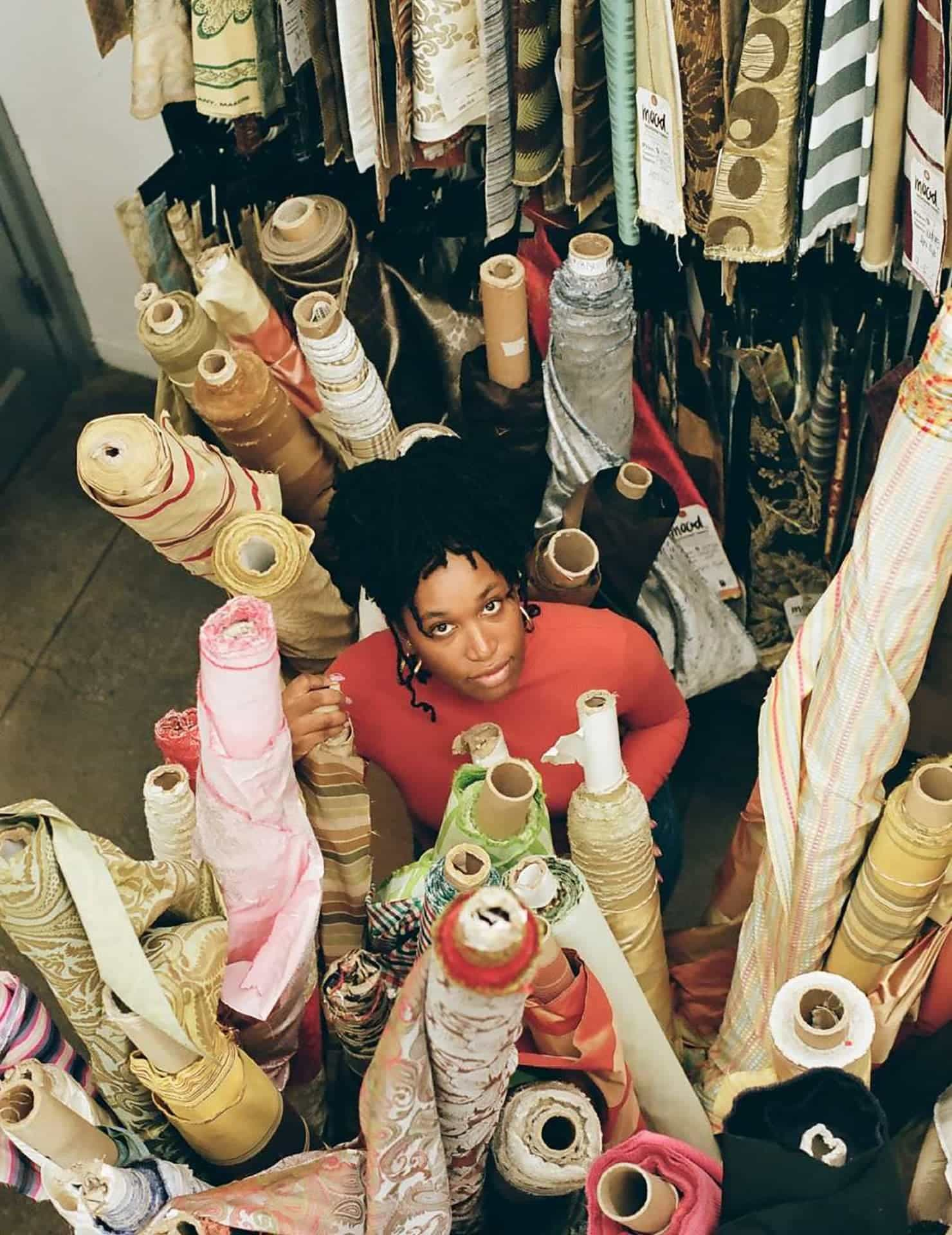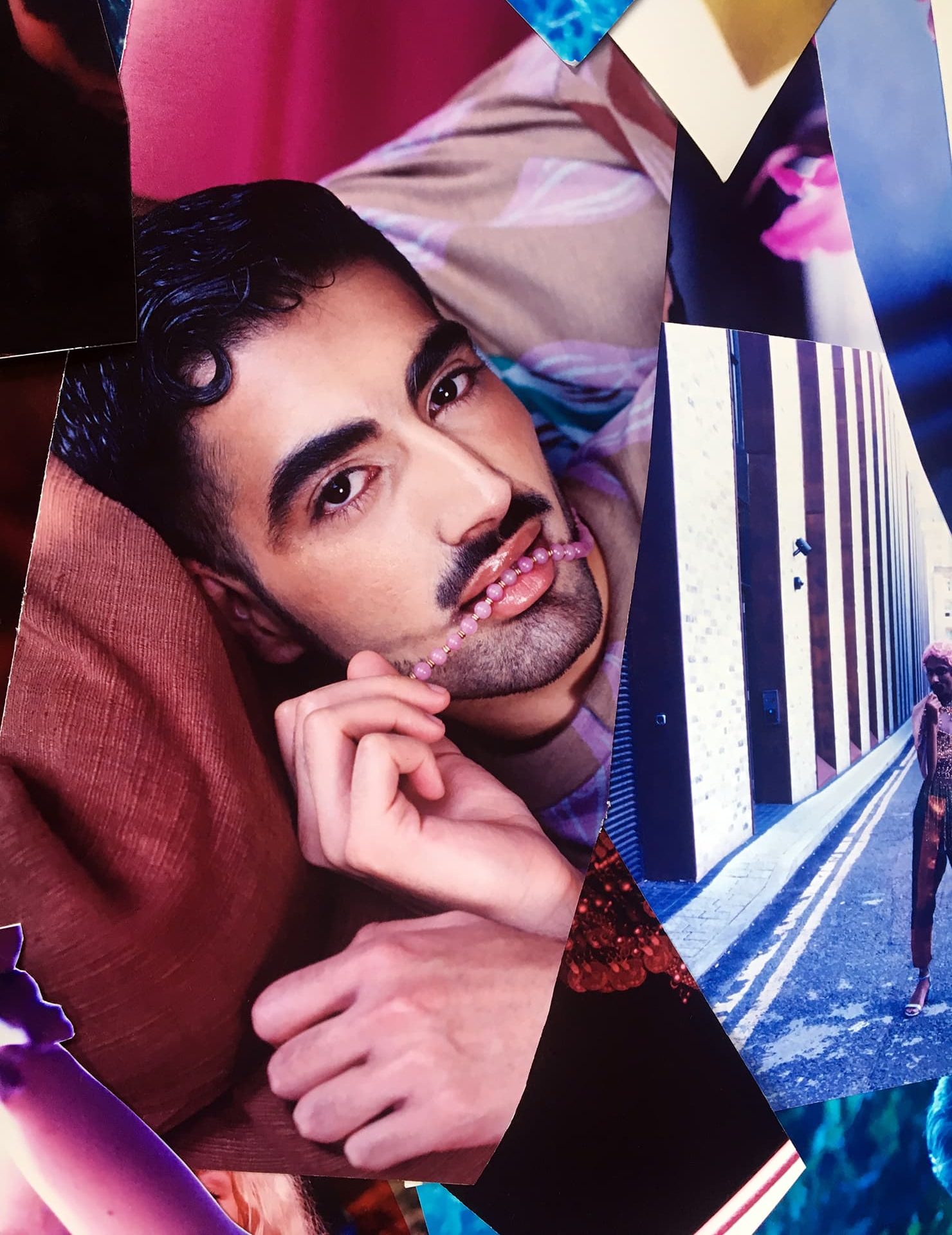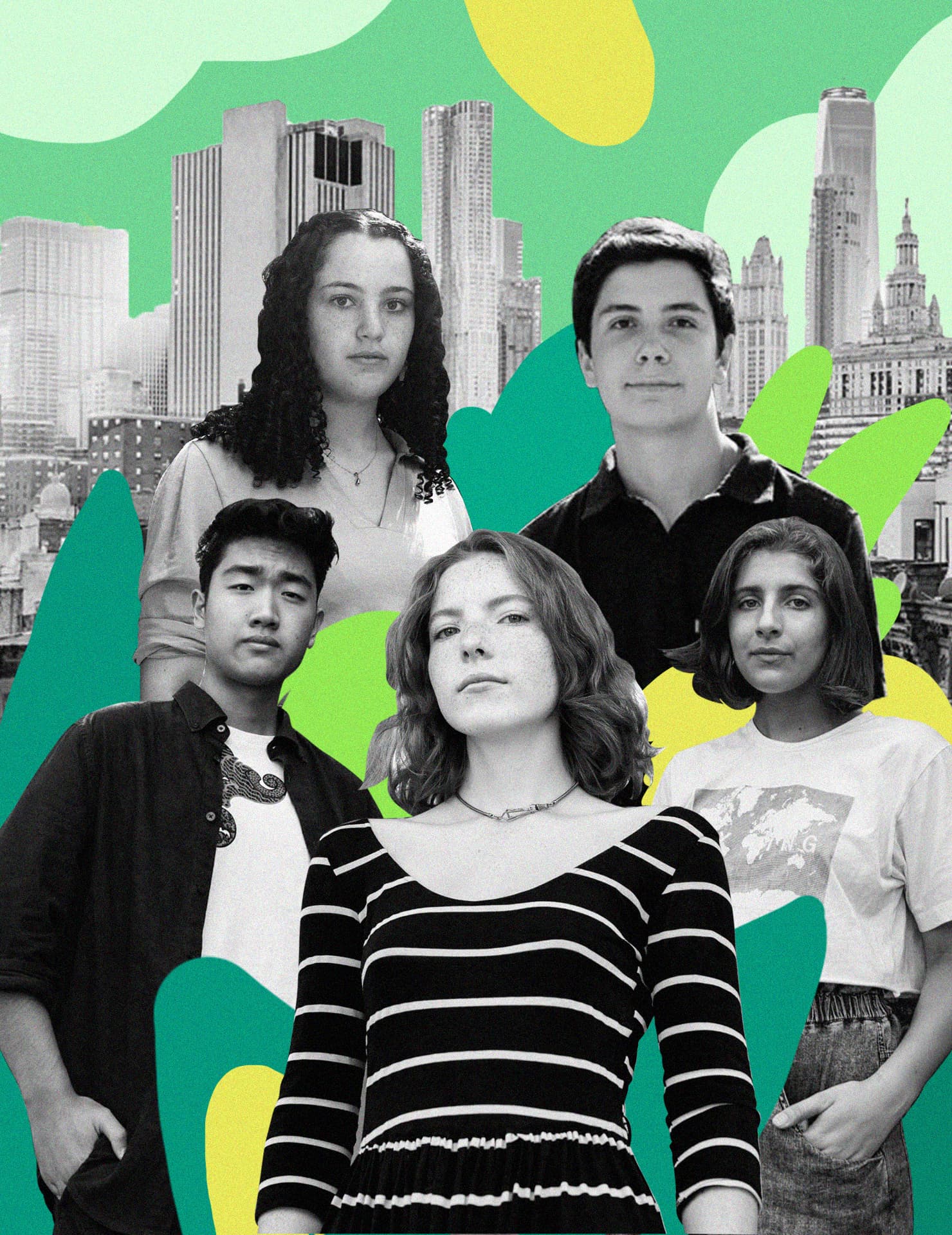Studies show that racial bias can be transmitted via television. One study showed that seeing Black characters receiving negative non-verbal gestures (facial expressions and body language) on popular TV shows increased viewers’ race biases. Another study demonstrated how Latino stereotypes in the media can lead audiences to negatively associate immigration with increased unemployment and crime. Some examples of stereotypes include “illegal” becoming a “primary marker of Mexicans in the United States” along with the notion that Latinos are unassimilable because they do not share “American values.” This can increase animosity towards Latinx immigrants and asylum seekers from Mexico and Central America, with real life impact. Popular media can also exacerbate pre-existing racism. One study shows that people who perceive that they live in a neighborhood with a high percentage of Black people are more likely to fear crime after watching scripted crime dramas than those who do not hold that perception. Racism, when packaged as entertainment, can skew the way viewers understand and categorize people on screen and off.
–
Given all of these troubling findings, it’s clear that we need more complex portrayals of people of color and women, including positive images. And research shows that change is possible. One study found that Japanese international students were more likely to hold positive views of Black people when exposed to positive Black images on television. Viewers can also guard themselves against negative media effects. Besides choosing content that elevates rather than diminishes people of color and women in general, viewers can also learn more about their own histories and find role models in real life. One study found that greater awareness of Black identity and history among Black youth diminished the negative effects of stereotyped images compared to Black youth who lacked the same knowledge.
In recent years, Hollywood has grown more inclusive–with more women and people of color playing film leads and television regulars. With the box office success and accolades of films like Black Panther, Coco, and Crazy Rich Asians, people of color are poised to express the full diversity and humanity through storytelling. But this is just the beginning. Many groups still lag behind their actual U.S. population numbers–particularly women of color–and some continue to face stereotypes and segregation. There remains work to be done, given the lack of actors of color nominated for acting Oscars in 2020 despite talented performances from Awkwafina, Jennifer Lopez, Eddie Murphy, Lupita Nyong’o, Alfre Woodard, and Shuzhen Zhao, among others. Cynthia Erivo, nominated for Best Actress for her performance in Harriet, is the only nominee of color out of a total of 20 acting nominations. Hollywood needs to open its doors wider so that we have positive portrayals of, and role models for people of color, women and all those in the margins.
